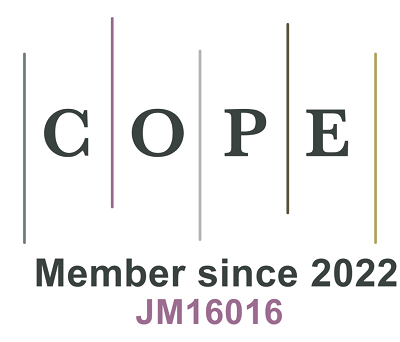fig3

Figure 3. Applications of liver organoids in MASLD progression: (1) uncover phenotype heterogeneity induced by different modeling conditions such as lipid, glucose, and other metabolites; (2) identify intracellular reaction driving steatosis, inflammation, and fibrosis; (3) Identify intercellular interactions among hepatocytes, macrophages, Liver Sinusoidal Endothelial Cells, and Hepatic Stellate Cells; (4) Reveal inter-organs metabolic cross-talk; (5) indicate genetic-associated metabolic mechanisms via gene-edited cell lines-derived liver organoid models; (6) implicate the potential hepatic lipid accumulation and toxicity of environmental pollutants in humans; (7) unveil the stem cell function and developmental characterization in MASLD; (8) Mimic physiological metabolic status. BPA: Bisphenol A; CTRL: control; HCV: hepatitis C virus; HLOs: human liver organoids; HG: high glucose; HSC: hepatic stellate cell; iADIPOs: iPSC-derived adipocytes; iHEPs: iPSC-derived hepatocytes; iMACs: iPSC-derived macrophages; LPO: lactate, pyruvate, and octanoic acid; LPS: Lipopolysaccharide; MASLD: metabolic dysfunction-associated steatotic liver disease; MPS: microphysiological system; NASH: non-alcoholic steatohepatitis; OA: oleic acid; OAPA: oleic:palmitic acid; PA: palmitic acid; PLT: platelet; PS: polystyrene; TSP1: thrombospondin 1; UDPG: uridine diphosphate glucose; WT: wild type.









